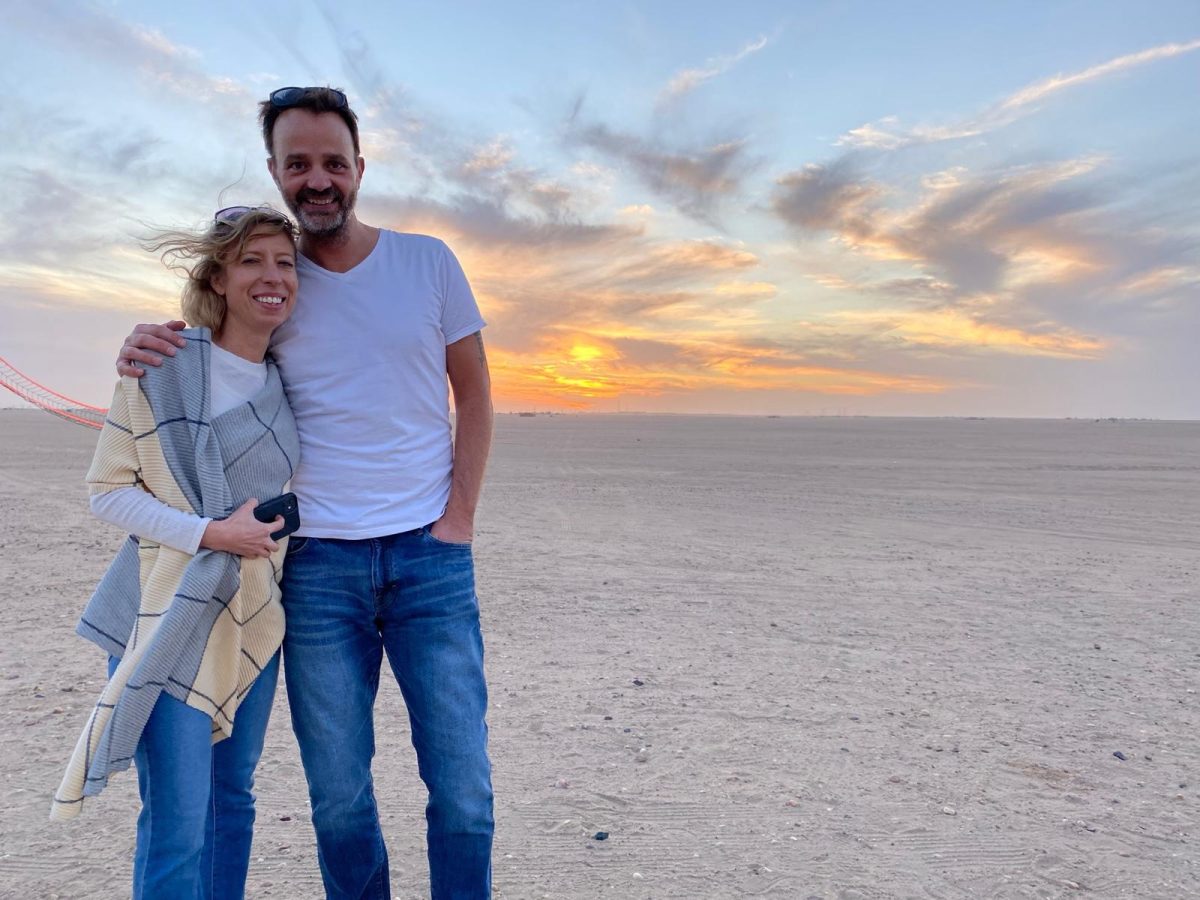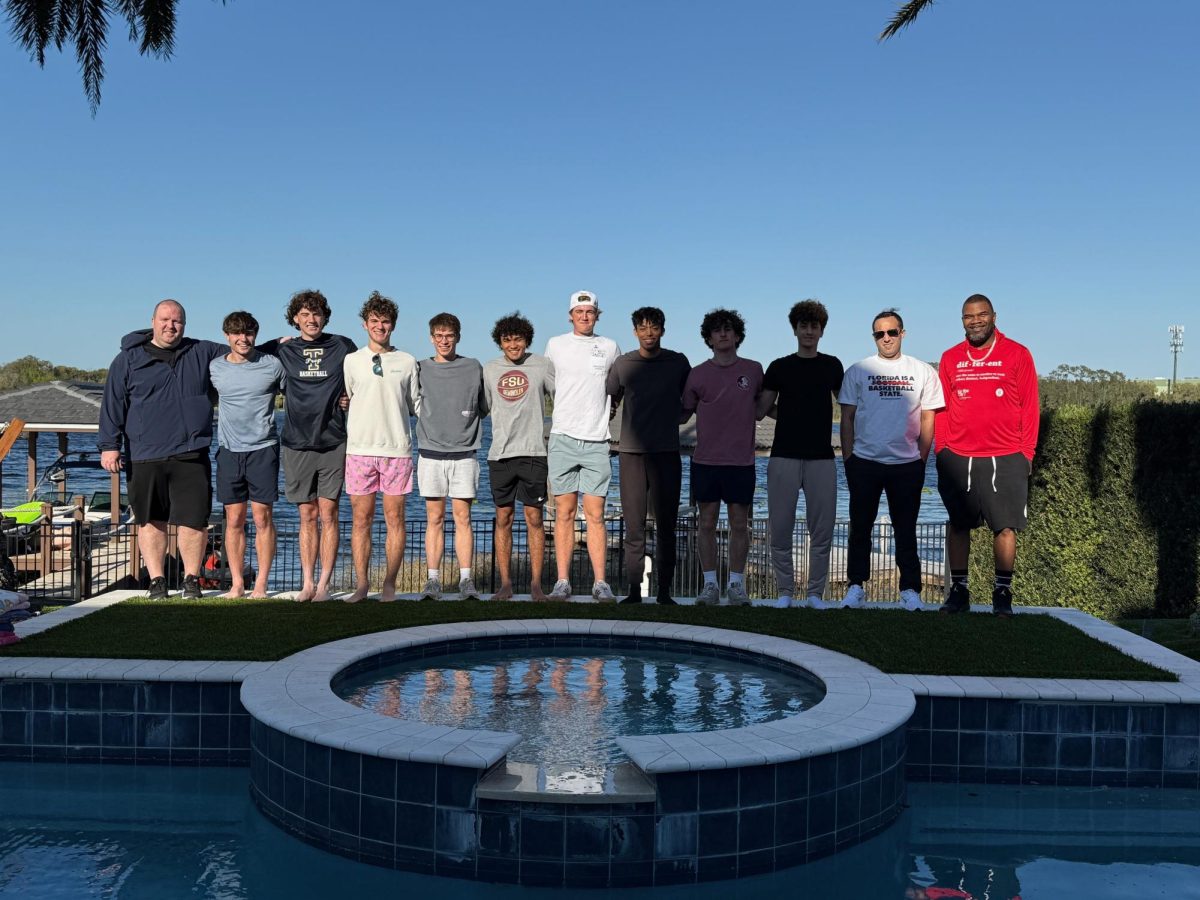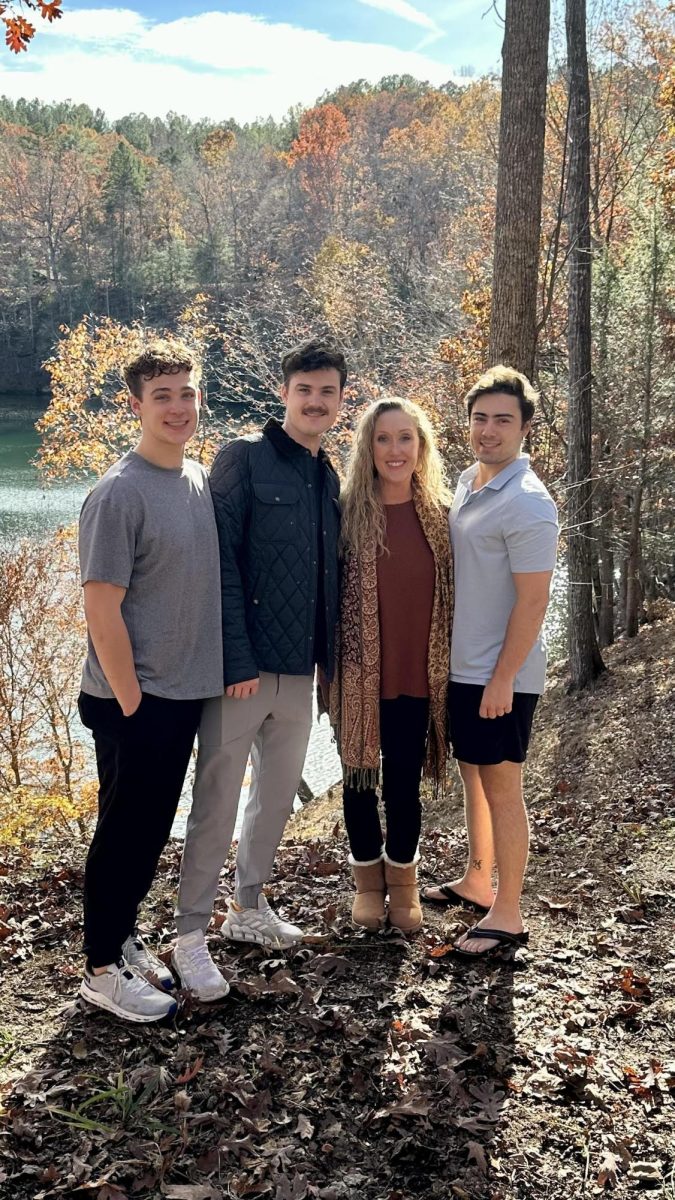Tragedy Strikes
From Aug. 8 to 10, Maui suffered one of the most devastating wildfires in modern U.S. history. On the morning of Aug. 8, the flames started as a small brush fire in Maui’s upcountry region, closer inland. By the afternoon, other wildfires broke out on the west side of the island, engulfing the historic town of Lahaina. The fire quickly grew out of control, trapping local residents and forcing some to jump into the ocean for safety.
Over 100 lives were lost, and close to 400 more are unaccounted for (as of Sep. 5). Thousands of residents lost their homes, and thousands more were left without power. The wildfires raged for two days before finally being contained on Aug. 10, but not without destroying over 2,200 buildings and leaving many of the island’s historical sites in ruins.
Government Responds
Maui’s top Hawaiian Emergency Management Agency official, Herman Andaya, has since resigned after his decision to not sound the island’s emergency warning sirens during the wildfires. Many residents of the island have criticized the lack of proper emergency warnings, which left many scrambling for safety. Residents only received an emergency alert on their phone, similar to alerts sent out for other weather events like thunderstorms, leading many to underestimate the severity of the crisis.
As the debate over the cause of the wildfires continues, Maui County has filed a lawsuit against Hawaii Electric, a private energy company that supplies most of Hawaii’s power. County officials have claimed that the utility company did not properly maintain its powerlines or clear drying vegetation near power poles that could start a fire. The fatal offense was on the day of the fire when they kept their lines electrified even after repeated red-flag fire warnings. Although many residents on the island have claimed negligence in the past, this is the first time the local government has also filed suit.
Trinity Takes Action
The magnitude of this catastrophe has inspired some students to take action here at Trinity. Two juniors, Rianna Patel and Kylie Southard, were particularly moved by the fires and decided to start a fundraiser alongside Trinity’s Habitat for Humanity Club.
“People have not only lost their homes,” Patel said. “They’ve also lost their history.”
Patel and Southard were able to raise the money by selling various items like Hawaiian bracelets and hairpins, as well as working with administration to create a $2 casual day. All the proceeds went to Habitat for Humanity Maui’s disaster relief fund and will be used to help rebuild homes destroyed by the fires. In total, Trinity managed to raise $2,176.
A Climate Catastrophe
As climate change worsens, so have massive wildfires like the one on Maui. Since 1990, Maui has seen a decline in average rainfall and an increase in average temperature, making the island much drier than it normally would be, significantly degrading the island’s forests. In addition, Maui’s vegetation is plagued by highly flammable, invasive species of grass that were brought to the island by American settlers and sugar barons after its illegal annexation in 1898. According to environmental science teacher Emily Massey-Burmeister, these factors combined made the threat of a massive wildfire inevitable.
“It’s like a powder keg,” Massey-Burmeister said. “All that dry organic matter [waiting] on the forest floor, and the trees themselves can be almost like a match that’s waiting for a light.”
The match that lit the proverbial powder keg was Hurricane Dora, a Category 4 storm that passed south of Hawaii. Although Hawaii wasn’t directly hit by the storm, hurricane winds reached the islands, causing the fire to spread much faster.
Colonialism’s Legacy
Hawaii has been dominated by America’s corporate class at the expense of Native Hawaiians for over 100 years. In the wake of such a disaster, many Hawaiians are raising concerns about wealthy real estate interests taking advantage of the crisis to seize land.
Beginning in the 1800s, white investors began arriving on the islands and buying up most of the land to build plantations, transforming much of the Hawaiian Kingdom’s biodiverse jungles into fields of monocrop sugarcane and pineapple cultivation. It didn’t take very long for these rich landowners to overthrow the Hawaiian government in an armed coup d’etat, paving the way for the United States to illegally annex the islands in 1898. Sugar and pineapple capitalists held vast influence over the new government, allowing for their continued expansion and exploitation of Hawaii’s people and resources.
Today, those plantations have been replaced by real estate companies that have undercut the interests of Native Hawaiians and the environment to build luxury resorts, golf courses and large vacation homes for rich tourists. These same real estate corporations are now looking to buy up the land destroyed by the wildfires and turn it into more expensive properties for investors to speculate on. Since the fires, real estate agents have been cold-calling residents who have had their homes and livelihoods destroyed, urging them to sell their property rather than wait for relief aid. Profiteering from natural disasters is not unique to Maui and has seen a substantial rise, especially in the last 20 years. For instance, after Hurricane Katrina hit New Orleans in 2005, private interests moved quickly to tear down public housing projects and replace them with luxury condominiums. As climate change increases the frequency and severity of natural disasters, this trend is sure to continue.
Conclusion
To prevent another disaster of this scale or worse from ravaging Hawaii, several things must happen. Firstly, an end to American neocolonial exploitation of Hawaii’s resources and people, which created the conditions for the wildfire to begin with, and are now compounding the effects of the catastrophe with economic hardship. Secondly, global action combating climate change is needed, or else natural disasters like the wildfire on Maui are guaranteed to continue happening. According to Massey-Burmeister, the Maui wildfires are a warning of what’s to come if no action is taken.
“Death by a thousand cuts,” Massey-Burmeister said. “That’s what we’re going through now.”














